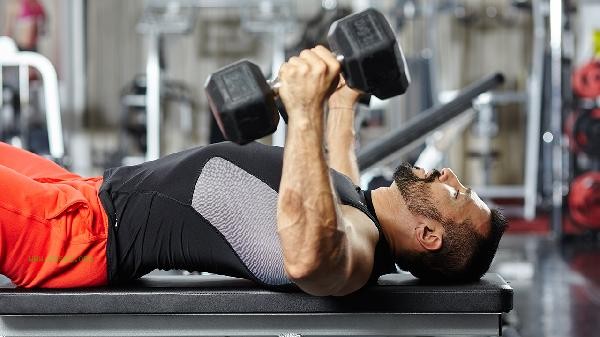Thin people can eat a small amount of fried food during exercise, but they need to strictly control the frequency and intake. Fried foods are high in calories and single in nutrition, which may affect fitness effectiveness and health status. The diet of fitness enthusiasts should balance energy supplementation and nutritional balance. Although fried foods can quickly provide calories, excessive intake can lead to the accumulation of saturated fatty acids, increasing the risk of visceral fat. The high-temperature frying process may damage vitamins in food and produce harmful substances such as acrylamide. Long term consumption in large quantities may cause gastrointestinal discomfort, skin inflammation, and other problems, interfering with muscle repair and metabolic balance. Some lean individuals with extremely high metabolic rates may not significantly affect their body fat percentage by occasionally consuming fried foods. But it is necessary to combine high-intensity training to burn excess calories, while increasing dietary fiber and high-quality protein intake to neutralize the effects of fats. Within two hours after exercising, one should avoid consuming fried foods to prevent hindering protein absorption. People with chronic gastritis or gallbladder disease need to be more cautious.

It is recommended to limit fried foods to less than once a week and prioritize using air fryers for low oil cooking. Before and after exercising, it is recommended to consume more low-fat and high protein foods such as chicken breast and broccoli, and supplement healthy fats with appropriate amounts of nuts. While maintaining regular exercise habits, monitoring calorie gaps through diet logs is necessary to achieve safe muscle gain or shaping goals.








Comments (0)
Leave a Comment
No comments yet
Be the first to share your thoughts!